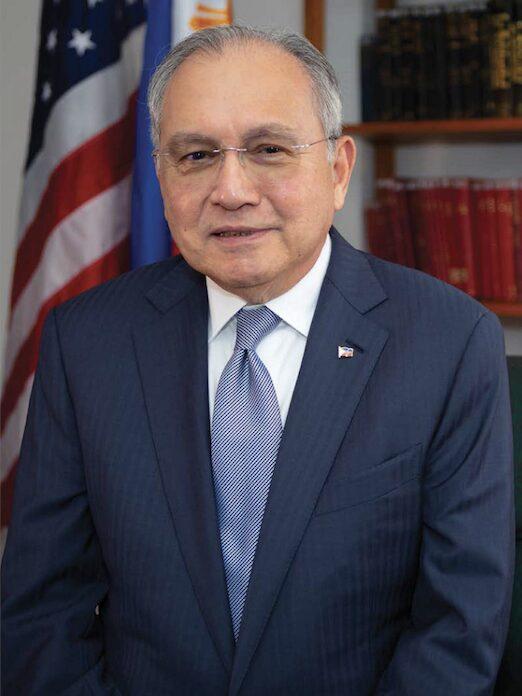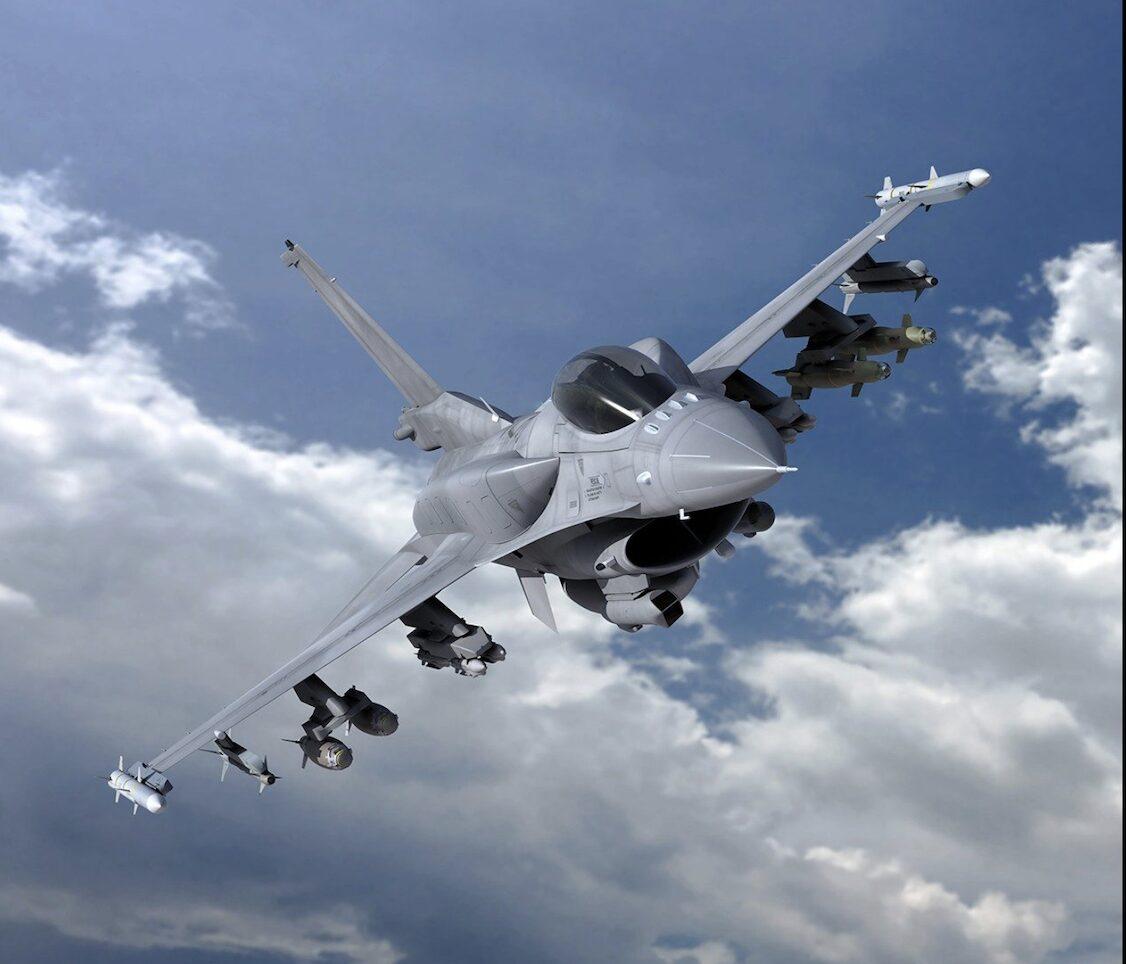Philippine Ambassador to the U.S. Jose Manuel “Babe” Romualdez. Photo courtesy of Philippine Embassy, Washington D.C.
WASHINGTON, D.C. — The Philippine government is exploring ways to fund the potential purchase of 20 F-16 fighter jets from the United States, a deal estimated at $5.58 billion. While the U.S. State Department has approved the sale, Philippine Ambassador to the U.S. Jose Manuel “Babe” Romualdez confirmed that the administration is still identifying possible financing mechanisms.
“The government is still studying how we can afford such a significant acquisition,” Romualdez said in a media briefing. “We support the modernization of the Armed Forces, but there are budget realities and strategic needs we must consider.”
Balancing Cost and Capability
The F-16 acquisition is part of a broader push to modernize the Philippine Air Force and strengthen the country’s interoperability with U.S. forces. The multirole fighters would significantly boost the Philippines’ aerial defense capabilities, especially amid rising tensions in the West Philippine Sea.
Still, Romualdez acknowledged that the government is currently prioritizing more affordable, land-based defense systems aligned with the country’s Comprehensive Archipelagic Defense Concept. “We have to be realistic with our limited resources and current threats,” he added.
Looking to Long-Term Loans
To make the deal feasible, the Philippines is considering a long-term loan arrangement with the U.S. government. This financing model would mirror previous deals, such as the acquisition of Black Hawk helicopters through U.S.-backed loans.
Romualdez confirmed that discussions are ongoing with Lockheed Martin, the manufacturer of the F-16s, and U.S. agencies to find terms that are viable for the Philippines. “We’re not closing the door on this, but we need a structure that does not place too heavy a burden on our finances.”
Trade Policy Complications
Romualdez also cited ongoing U.S. trade restrictions as a potential obstacle to funding. He noted that tariffs affecting Philippine exports could limit the country’s fiscal space to commit to such a high-cost purchase.
“With a trade surplus of about $4.8 billion and a potential jet deal costing $5.8 billion, easing those trade constraints could help offset the cost,” he explained, urging better bilateral trade terms to support defense cooperation.
Not Aimed at Any Nation
The ambassador emphasized that the F-16 acquisition is not directed at any specific country. “This procurement is for our national defense and regional security partnerships,” he said. “It should not be interpreted as a provocation.”
While the Philippine government remains interested in acquiring F-16 jets as part of its long-term defense vision, officials say the current focus remains on bolstering more immediate defense assets that are cost-effective and mission-critical.






